A trip through the most beautiful Metro Stations in the world Under the big cities are hidden works of art, to the delight of millions of travelers. Here are the 10 most impressive stations in the world.
The metro in a big city is usually a hive of fast-paced travelers with their eyes on their cell phones and their e-books. In one of the means of transport most used daily by millions of people, there is little room for calm and visual delight. The framework of long corridors that shape the suburban, usually has no major architectural or decorative differences in any city in the world. However, as in all there are exceptions that make some stations authentic works of art. From America to Asia, we find spaces with impressive vaulted ceilings, frescos, mosaics, light sets and a long list of decorative resources that make these stations authentic underground museums.
In Moscow we find a station with a great architectural beauty. Decorated as large palace rooms, the majesty of Komsomólskaya station does not go unnoticed by travelers. It was inaugurated in 1952 and has 68 columns of white marble with Ionian capitals to support a large dome in which the artist Pavel D. Korin designed eight mosaics that symbolize the struggle of the Russian people.
The trip down the world takes us to Stockholm, where 90 of its 100 stations have been decorated with paintings, sculptures, mosaics and light sets of more than 150 artists, which make this suburban a huge museum open to everyone .
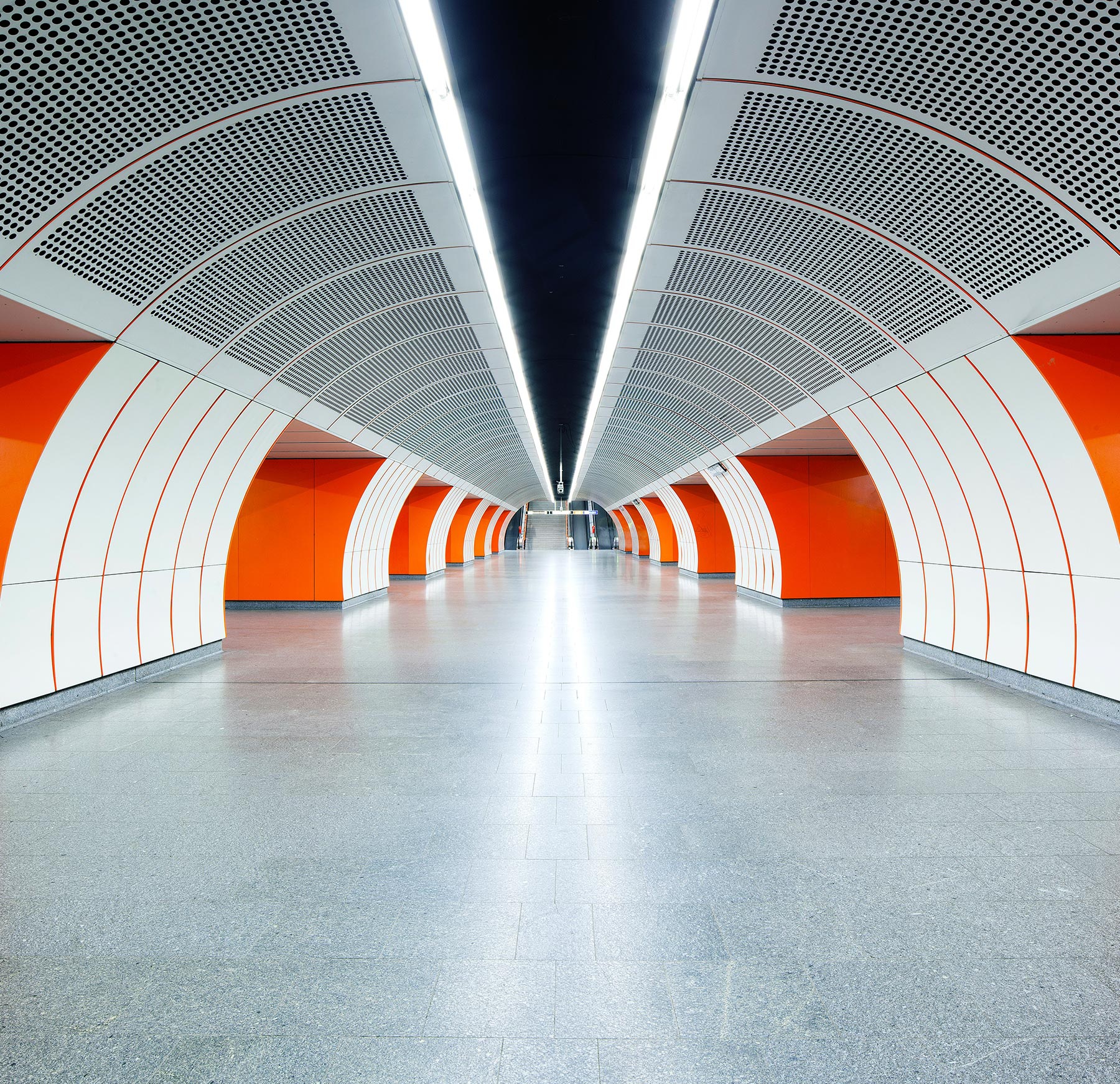
METRO OF VIENNA: Modernist decoration of lights, colors and tubular corridors designed by artists such as Otto Wagner or Ernst Caramelle.

METRO OF BERLIN: Stations such as the Heidelberger Platz, with its mosaics, crescent arches and its friezes impress by its constructive richness.
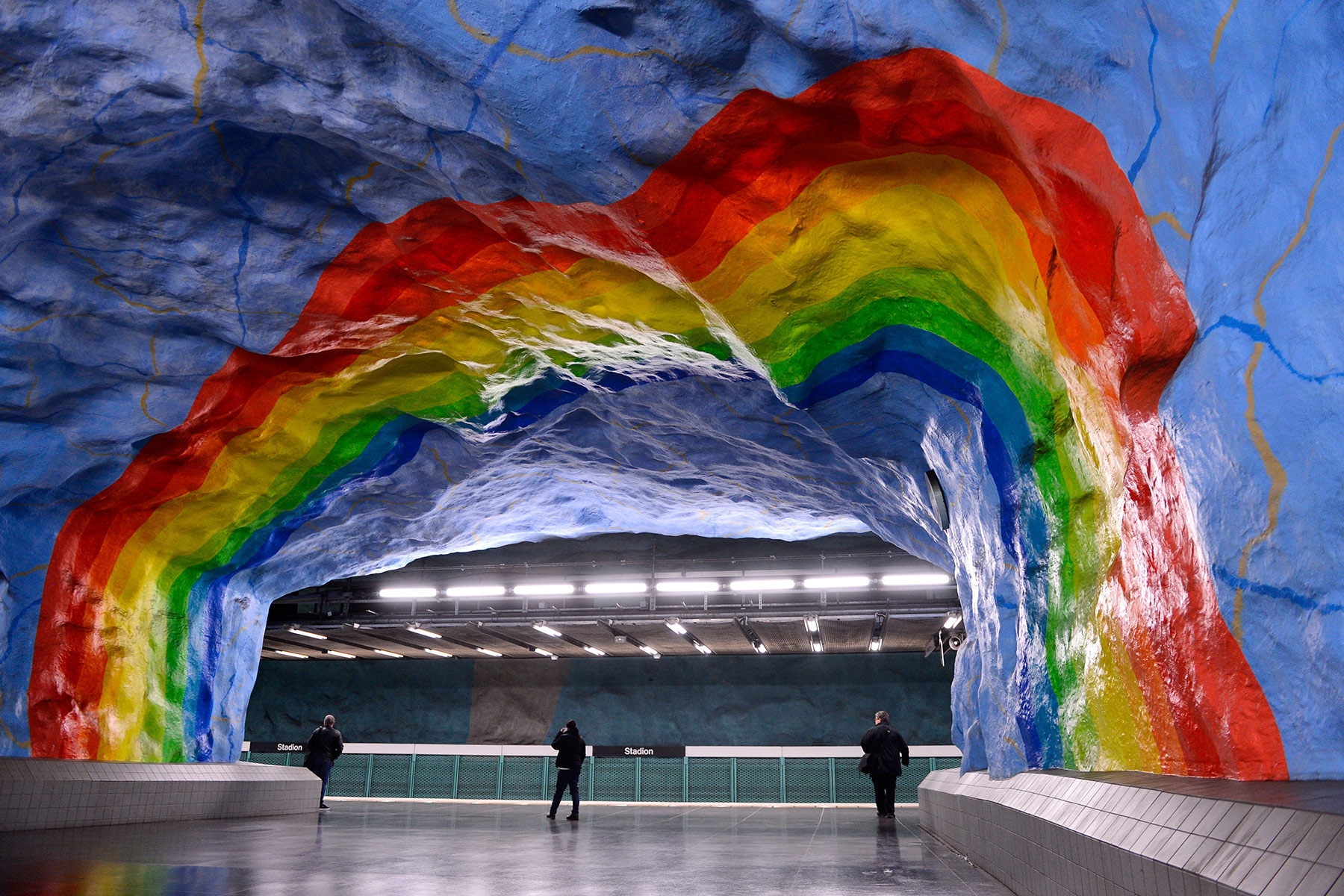
METRO OF STOCKHOLM: Decoration with painting, sculptures, mosaics and light sets of more than 150 artists.
Arriving in Munich, when getting off the subway we find a big burst of color that floods the walls. At the Marienplatz station, for example, thousands of orange neon lights will illuminate the way. In others, we will find columns of light and even with lamps designed by the German artist Ingo Mauer.
Vienna is another of those subterranean spaces in which to lose meaning. Once inside, you will teleport to the future thanks to its modernist decoration of lights, colors and tubular corridors designed by artists like Otto Wagner or Ernst Caramelle.
In Berlin, history travels both the surface and the subsoil. There have been numerous works of expansion and restoration of the metro since it opened in 1902. Stations such as the Heidelberger Platzi, with its mosaics, crescent arches and its friezes impress by its constructive richness.
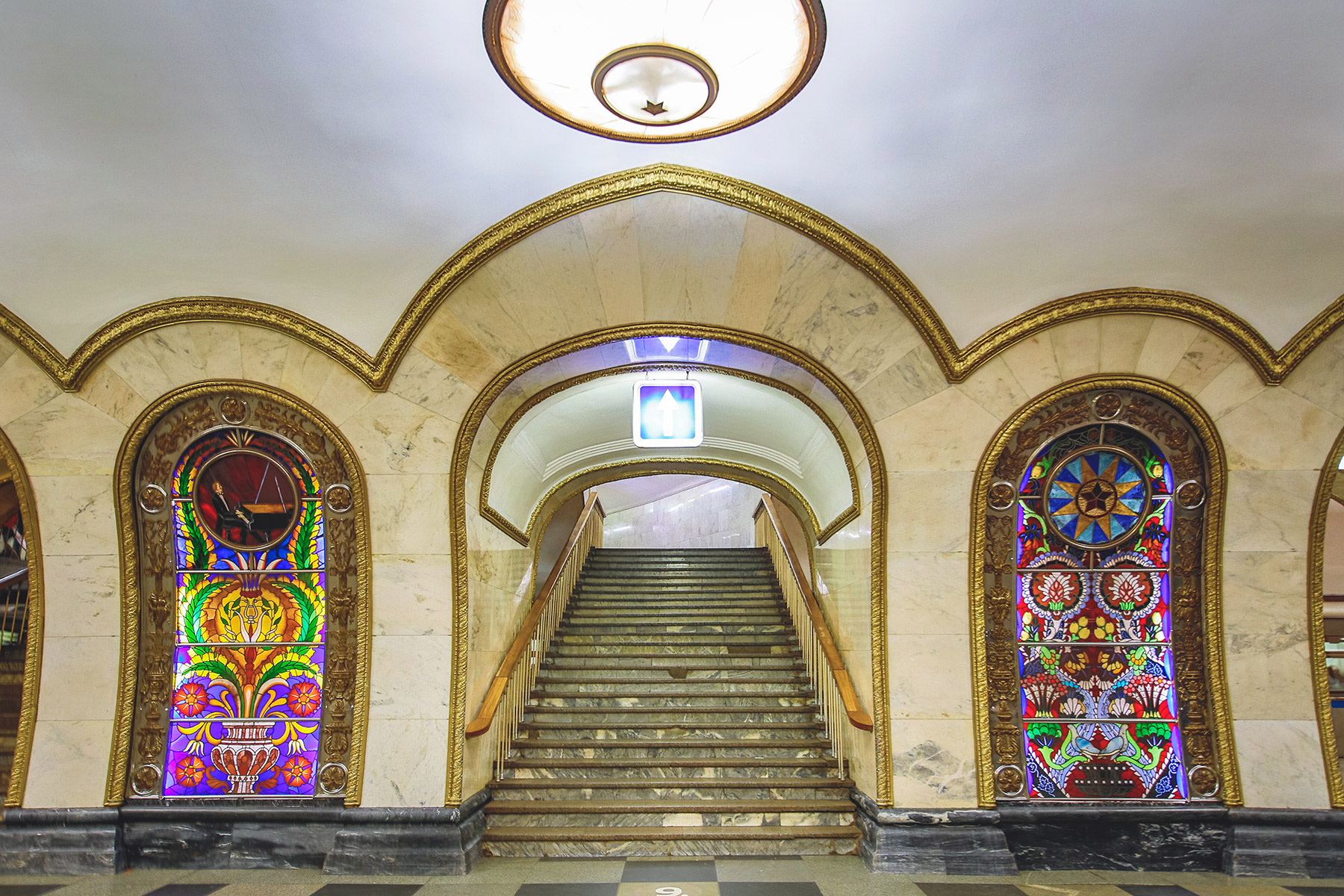
METRO OF MOSCOW: Decorated as large palace rooms, the majesty of Komsomólskaya station does not go unnoticed by travelers.
Naples has a special flavor. Some stations of his meter have been conceived as canvases to create in them an entire work of art. A good example is Toledo, whose color and lighting make you immerse yourself in the sea floor.
The subway in Taiwan could not be any other way but in a big way. In Kaohsiung we find one of the most spectacular stations, the one of Formosa Boulevard. A huge ‘palm tree’ of lights with two gigantic columns, the work of the artist Narciso Quagliata.

MERO OF PARITS: The beauty of accesses such as the station Abbesses (work by Hector Guimard) reflect the exquisite French Art Nouveau, embodied in a fully functional element.
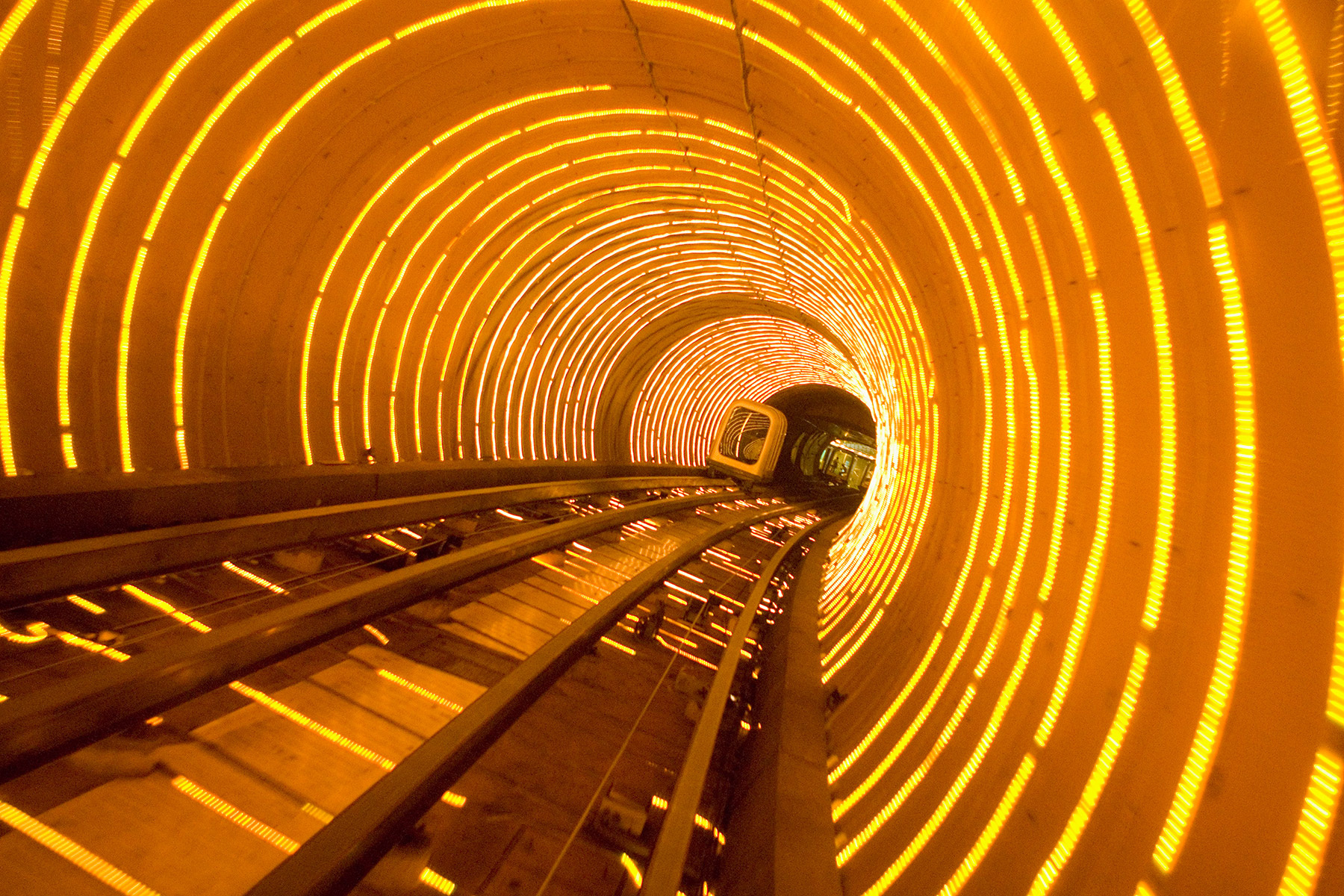
METRO OF SHANGHAI: Neon lights of bright colors delight the Asians, it is clear at nightfall in any of their cities.

THE TAIWAN’ METRO: In Kaohsiung we find one of the most spectacular stations, the one of Formosa Boulevard.

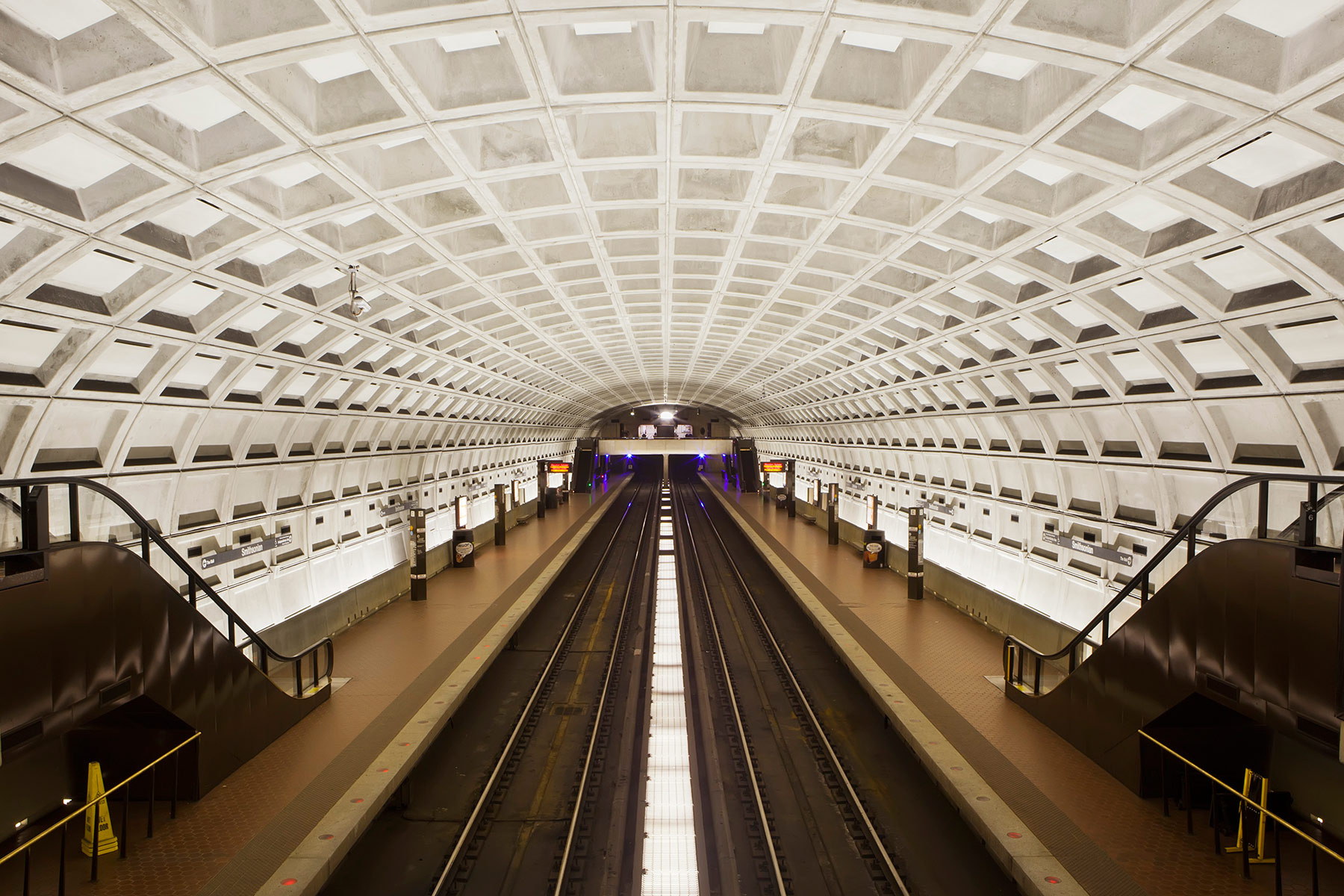
THE WASHINGTON’ METRO: Farragut West station stands out for its constructive sobriety.
In Washington, Farragut West station stands out for its constructive sobriety. Opened in 1977, its vaulted ceiling, with hundreds of rectangular concrete cells, creates an interesting optical effect.
That the neon lights of strident colors delight the Asians, it becomes clear at nightfall in any of their cities. Well, in the Shanghai metro have continued with this decorative taste and have taken it to the tunnels by which circulate the trains so that, passing, from the inside gives the feeling of traveling in … a time capsule ?
Perhaps the stations of the City of Light inside are not as spectacular as those of other cities. However, nothing like the Paris subway stops to elevate the concept of metro to art. The beauty of accesses such as the station Abbesses (work by Hector Guimard) reflect the exquisite French Art Nouveau, embodied in a fully functional element.


